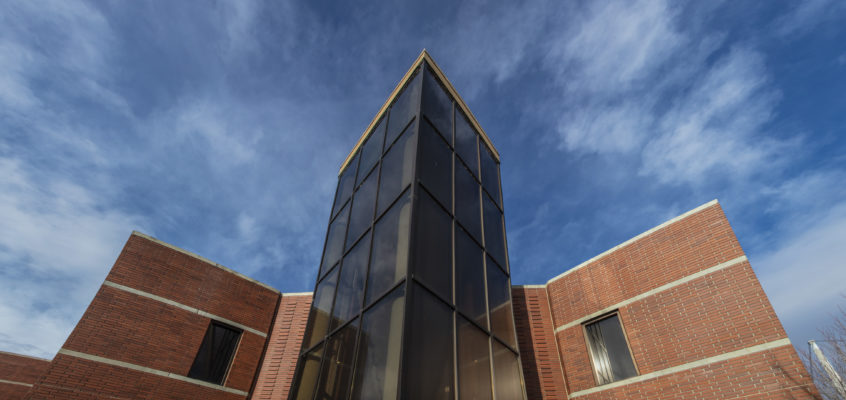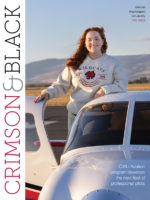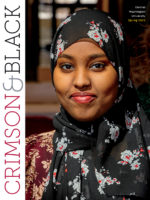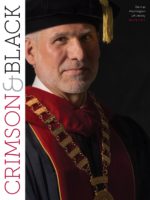
Dorothy Purser, namesake for the building that bears her name, was a longtime professor of physical education at CWU.
Purser, who was born in 1931 in Rigby, Idaho, taught at the school from 1957 until her death in 2002. During her time at Central, she served as a driving force behind the establishment of the school’s paramedicine program.
Prior to coming to CWU, Purser taught in Arco, Idaho. She earned her bachelor’s degree from Ricks College in Rexburg, Idaho, and a master’s of education from the University of Idaho, Moscow.
Purser was originally hired to teach dance but, according to several accounts, arrived to find the school had hired too many dance teachers for the same position. Expecting to teach ballroom and folk dancing, Purser was switched to instructing first aid.
Once teaching, Purser expanded first-aid instruction from what she described as basic band-aid and splint work to actual emergency medical technician (EMT) training and paramedic preparation.
She also later served as a volunteer instructor for the American Red Cross, American Heart Association, and Washington State Department of Labor and Industries. She also was education advisor to the Washington Medical Association and co-author of the Washington state EMT test.
In addition to her academic duties, Purser taught swimming, lifesaving and water safety as well as cardiopulmonary resuscitation and aquacise classes for many years. She also was a longtime coach for the CWU women’s basketball and field hockey teams and coached the Yakima Steelers women’s amateur fast-pitch softball team.
In 1983, she was named Distinguished Professor in Public Service and entered the CWU Athletics Hall of Fame in 1985.
Dorothy Purser Hall was constructed in 1987 and originally called the Physical Education Building. It was renamed to honor Purser in 2009.
The two-story, concrete and brick-veneer structure, located adjacent to Nicholson Pavilion reflects the functional, post-modernism architectural style popular in the 1980s. Befitting its namesake, the building continues to be used for teaching physical education, school health, and movement studies.






comments powered by Disqus